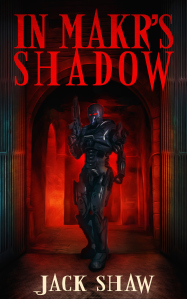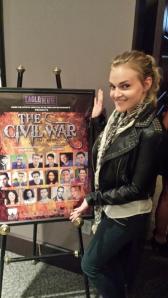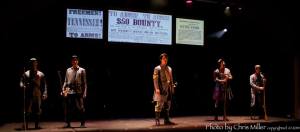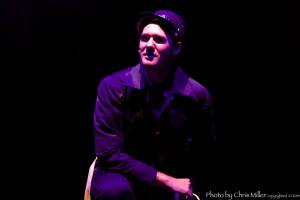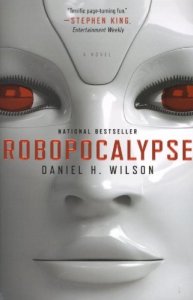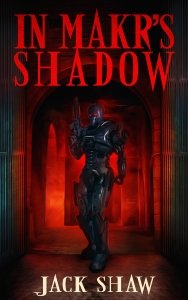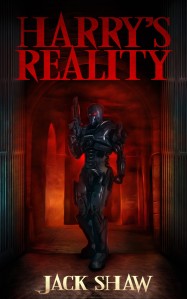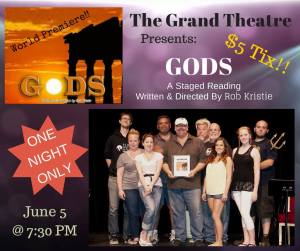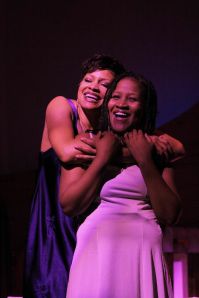
Kim Spencer as “Shug” Avery and Danielle Harley-Scott as Celie. Photo by David Gruen
Resilience and Redemption
Audio Voiceover.
“Unlike any other art, the total, intense focus of theatre is on the human being, his or her existence, and his or her relationship with life. It is a part of human nature to need to examine who we are in relationship, with where we are. Consequently, basic elements of theatre and drama exist in every society.” Debra Bruch, PhD – from her work at the University of Michigan, The Experience of Theatre.
This is one answer to the question of why we go to the theatre; however, there are many more. We also go because we love the magic, we like to feel, and we want to be entertained. In pure theatre terms, it is cathartic, allowing us release our hearts and souls through the art.
All of those things were present, in a full house on a Thursday opening night, when I saw THE COLOR PURPLE, THE MUSICAL at The Grand Theatre in Williamstown. The Road Company’s production is remarkable: an exuberant, emotional rollercoaster of the resilience and the redemption that love can bring.
THE COLOR PURPLE, based on the Pulitzer Prize-winning novel by Alice Walker, features music and lyrics written by Brenda Russell, Allee Willis and Stephen Bray, with a book by Marsha Norman. On Broadway from 2005 to 2008, it earned eleven Tony Award nominations, winning one for one of its actors.
This is the story about Celie, a woman who undergoes tremendous cruelty in some of its harshest forms, recovers and grows stronger still, and eventually takes charge of her life without depending on others. The time is the early 20th century in rural Georgia.
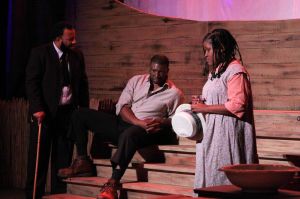
Dev Eagle as the Preacher, Bryan Pitt as Mister, Danielle Harley-Scott as Celie. Photo by David Gruen.
After bearing two children, fathered by her stepfather, by the time she is fourteen years old, Celie is forced to marry a man, whose sole intention is to use her as a slave, taking care of his children, his farm and him. Known only as “Mister” in the first act, he finds her “ugly,” while two women he really wants have rejected him.
SPOILER ALERT.
From the early high-energy gospel scene, you might think THE COLOR PURPLE is about the spirit of religion, but it is not. Not really–although you could say our characters are re-born, and ultimately remind us of the wonder of the world. It is a grim reality to start with, exploring the depths of human cruelty—with humiliation, physical and mental abuse and slavery.
The musical explores the enormous heart and strength we have to survive and thrive after experiencing the cruelty of our fellow man. What doesn’t kill us, makes us stronger echoes throughout the play. Surprisingly, race plays a very small role, and purposely so.
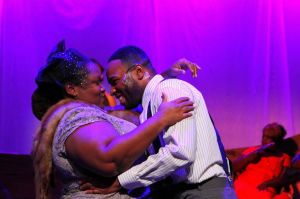
Benita Simpson as Sophia and John Clark as Harpo. Photo by David Gruen.
THE COLOR PURPLE is full of contrasts and juxtapositions, pitting wretched misery against the cheerful and beautiful in song and dance.
The most telling songs, though, are the quiet, simple numbers; the more raucous ones seem designed to thrill an audience with vibration rather than give it something to think about. The music is very good overall, and the singers divine. It’s good to stir these emotions, and remind us we are human.
Spanning four decades, this dark tale is an unbelievably vibrant, vivid and victorious celebration of life. The Road Company production of THE COLOR PURPLE was indeed powerful in all the important ways that matter to the theatre–the acting, the music, the dance, the costumes and the lighting. What could be better for a show that celebrates anything than lights changing the set’s colors scheme? Steve Pracilio’s lighting design fleshes out the scenes brilliantly. Ruslan Odintsov’s musical direction provided the perfect sound for the sweet and soft songs to the bold and brash ones.
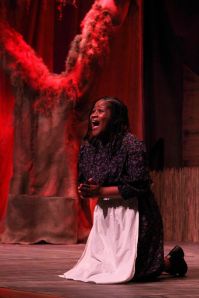
Danielle Harley-Scott as Celie. Photo by David Gruen.
Director Suzanne Baldino-Jones did an amazing job of staging so many scenes with so little set, but the fantastic ensemble cast helped with its ability to remove the focus from environment and turn it over to the action. By itself, the set: a southern tree, steps with a voluminous background and front porch, doesn’t seem like much at first. Arthur Leo Taylor’s choreography, amazing in its diversity, takes advantage of any leftover space onstage and, and sometimes, in the aisles. There hardly seems time to breathe without action of some kind all over the stage. It’s not that an elaborate realistic set wouldn’t be nice; it’s just not needed.
However, when the scene changes to Africa, everything seems jarred out of place, with the play suddenly becoming as big as the real world. Then again, since the characters are growing rapidly, so should the world around them. Perhaps there is more relevance than we might think. The tribe in Africa, Nettie discovers, is as proud and as hard as her own people back home in Georgia, USA. The music pounds in the second act, revving the audience for a finale. The stronger the beat, the stronger the characters we’ve come to admire, and the stronger we become.
Danielle Harley-Scott is ideal as Celie, sweet and meek in Act I, ferocious and fearless in Act II. Benita Simpson’s “Sophia” exemplifies a woman with a tough exterior but soft inside. Bryan Pitt as “Mister,” singularly great in both acts, seamlessly makes the transition from the cold, callous bastard of the first act, to the reverent man in the second. Kim Spencer’s “Shrug Avery” is enchanting as a temporarily defeated woman who finds the strength to come back, making the audience watch her every move as Celie does. John Clark does a fine job as “Harpo,” Mister’s son who struggles to be his own man, and B. Lauren Thomas is truly engaging as Celie’s sister, Nettie. The singers are astonishing.
The first act is eventful, serious and taut, while the second act goes wild and so does the audience. The Road Company’s THE COLOR PURPLE, THE MUSICAL, brought the audience to its feet with thunderous applause and without hesitation. While the story is dark and gloomy, the end leaves you with an odd feeling inside, tears in your eyes and a smile on your face.
THE COLOR PURPLE runs through November 8.
THE COLOR PURPLE
Based on the novel by written by Alice Walker and The Warner Bros./Amblin Entertainment motion picture
Book by Marsha Norman
Music and Lyrics by Brenda Russell, Allee Willis and Stephen Bray
Directed by Suzanne Baldino-Jones
Choreographed by Arthur Taylor
Music Direction by Ruslan Odintsov
The Road Company at
Grand Theatre
405 S. Main Street
Williamstown, NJ 08094
http://www.roadcompany.com
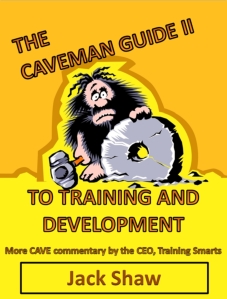 More CAVE wisdom on training and development. I know it’s been a while since the first volume, but I think you find this one just as good as The Caveman Guide to Training and Development my original Best Seller.
More CAVE wisdom on training and development. I know it’s been a while since the first volume, but I think you find this one just as good as The Caveman Guide to Training and Development my original Best Seller.